Hose reels are cylindrical devices made to house a hose, keeping it kink-free and neat, when it is not in use, by winding the hose around it. A helpful comparison is to think of them as giant spools. Read More…
Hannay Reels is a leading manufacturer of hose and cable reels for OEM and aftermarket applications, offering thousands of standard models and a wide range of custom capabilities. Since 1933, Hannay has helped businesses in a variety of industries improve productivity, efficiency, and safety with consistent quality and outstanding customer service.

We are Unique Hosereels, a leading company in the manufacturing and distribution of hose reels, tank manifold systems, and valves. Our commitment to quality, innovation, and customer service has earned us a reputation as a trusted provider of reliable and durable products worldwide.

At Garage Store LLC, we take pride in helping customers transform their workspaces with hose reel solutions that deliver durability, organization, and long-term performance. We draw from years of hands-on experience to supply hose reels that support everything from small personal garages to demanding commercial environments, giving our customers the confidence that their air, water, and specialty ...

At Kent Rubber Supply Co., we take pride in delivering reliable hose reel solutions that keep industries moving safely and efficiently. As a trusted partner in fluid and material handling, we have built our reputation on quality craftsmanship, responsive service, and technical expertise.

More Hose Reel Manufacturers
Hose reels are essential devices designed by manufacturers to protect hoses and cables from damage, tangling, and kinking, while keeping them organized, off the ground, and safely stored out of the way when not in use. These convenient storage solutions are widely utilized across a diverse array of industries—including construction, healthcare, industrial lighting, manufacturing, aviation, welding, and gardening. By streamlining hose management and extension, hose reels increase efficiency, minimize trip hazards, and prolong the life of hoses and cables in both residential and commercial environments.
The History of Hose Reels
The origins of hose reels date back to the 17th century in the Netherlands, where the first hose reels were introduced as an innovative solution for transporting newly perfected, yet heavy, fire hoses. Early hose reels, essentially large drums, made it possible for fire crews to quickly deploy and retrieve hoses. Their success soon led to the integration of hose reels into fire truck designs, and the adoption of drum wheels for various applications beyond firefighting.
During the Industrial Revolution, advancements in manufacturing and materials science enabled the production of lighter, more portable fire hose reels. These improvements transformed the traditional drum design into the spool-like storage mechanisms familiar today. Over the centuries, further innovations—including the use of corrosion-resistant metals, plastics, and advanced engineering—have continued to expand hose reel capabilities and their range of applications. Today, hose reels are available in a wide selection of sizes, materials, and configurations to meet the needs of modern industries, from small garden hose reels to heavy-duty industrial hose storage solutions.
Hose Reel Design
Hose reel design centers on a robust yet slim core, flanked by end barriers that secure the wrapped hose or cable, preventing tangles and ensuring safe storage. These end barriers are vital for maintaining order and protecting the hose from unwarranted unraveling. Many hose reels feature hermetically sealed housings, which shield contents from dirt, dust, and extraneous moisture—ensuring longevity, durability, and reliable performance, especially in challenging environments.
Modern hose reel construction is highly customizable, with manufacturers tailoring designs to specific application requirements. Key considerations include the power source or retraction method (manual, spring-powered, electric, or pneumatic), the choice of construction material, the reel’s diameter and hose capacity, and its mounting orientation (wall-mounted, floor-mounted, or portable). These factors ensure that every hose reel delivers optimal performance for its intended use, whether it’s for garden irrigation, industrial cleaning, firefighting, or medical applications.
- Manual hose reels use hand cranks for hose retraction, offering controlled and straightforward operation.
- Mechanical hose reels—including spring-powered and motorized models—provide automated retraction, saving time and effort, especially with longer or heavier hoses.
All hose reels typically include a latching mechanism to secure the hose at any retraction point, enhancing user safety and convenience.
The selection of construction materials is driven by the specific application. For example, medical cord reels are often made from sanitary-grade 304L stainless steel for hygiene and corrosion resistance, while industrial hose reels require heavy-duty, corrosion-resistant metals like stainless steel or aluminum. Common materials also include plastics, wood, and fiberglass, each selected for properties such as tensile strength, impact resistance, and temperature tolerance. Manufacturers frequently collaborate with metal fabricators for custom-engineered solutions, ensuring compliance with unique client requirements and industry standards.
The size and capacity of hose reels vary widely. Garden hose reels tend to be compact and lightweight, tailored for thinner hoses, while industrial and fire department hose reels are built for larger, heavier hoses requiring higher durability. Some reels, like suction hose reels, are designed with extra width to accommodate bulky hoses. Mounting options include ground placement, spigot overhangs, mobile carts, truck beds, or wall mounts, providing flexible and accessible storage solutions.
To further enhance utility, manufacturers offer a variety of customization options for hose reel assemblies, such as:
- Powder-coated or liquid-painted finishes for custom colors and enhanced corrosion resistance
- Engraved surfaces for identification or branding
- Interchangeable handles and hand cranks for ergonomic improvements
- Custom hose lengths and connector fittings
Types of Hose Reels
- Manual Hose Reel
Manual hose reels are operated by a side-mounted handle, enabling the user to wind or unwind the hose as needed. Ideal for applications requiring hands-on control—such as garden watering, light industrial use, or small workshops—manual reels are valued for their simplicity, reliability, and affordability.
- Mechanical Hose Reel
Mechanical or automatic hose reels leverage power sources—electric motors, springs, or pneumatic systems—to retract hoses efficiently. These reels are optimal in environments where rapid hose deployment and retrieval are necessary, such as industrial cleaning, manufacturing, and vehicle maintenance facilities.
- Spring-Powered Hose Reel
Spring-powered reels use an internal spring mechanism for automatic hose retraction. Many models offer self-latching and controlled retraction, activated by a simple switch or button, reducing manual labor and increasing workplace safety. These reels are widely used in automotive workshops, assembly lines, and industrial sites.
- High Pressure Hose Reel
High pressure hose reels are engineered for pressurized fluids—including air, water, and hydraulic fluids—making them indispensable for manufacturing, pressure washing, and industrial cleaning. Constructed with reinforced metals and seals, these reels are built to withstand extreme operating pressures, ensuring safe and effective fluid handling.
- Fire Department Hose Reel
Specially designed for firefighting, fire department hose reels accommodate the extra weight and length of firehose tubing. Constructed from robust, rigid materials, these reels enable firefighters to quickly deploy hoses and access substantial water supplies—often delivering over nine liters per minute. They are required in high-risk locations such as theaters, schools, factories, warehouses, concert halls, and hotels.
- Medical Cord Reel
Medical cord reels are essential for managing conductive or lifting cords in healthcare settings. By enabling the safe storage and automatic rewinding of power cords, these reels ensure uninterrupted operation of mobile medical equipment—such as crash carts and diagnostic machines—while reducing trip hazards in hospitals and clinics.
- Exhaust Hose Reel
Exhaust hose reels manage vehicle exhaust hoses, particularly in workshops and industrial garages. Available in spring-powered and motorized models, these reels help maintain a clutter-free work environment, reduce wear on hoses, and protect staff from exposure to hazardous fumes.
- Cable Reel
Cable reels enable efficient storage, winding, and unwinding of electrical cables. Commonly used in manufacturing plants, construction sites, and along roadways, cable reels support operations such as stage production, robotic welding, cranes, forklifts, hoists, and temporary lighting setups. Types include plywood reels (for light loads), heavy-duty steel reels (for large and heavy cables), collapsible reels (for easy storage), and live connection reels (allowing power transmission while wound).
- Water Hose Reel
Water hose reels provide organized storage for hoses carrying water, with options for portability or fixed installation. Key specifications include retraction method, pressure rating (psi), and hose length/diameter. Applications range from home gardening and landscaping to industrial cleaning, pressure washing, and water supply for parks, farms, golf courses, and orchards.
- Air Hose Reel
Also known as pneumatic hose reels, air hose reels store hoses that deliver compressed air or pneumatic power. These reels are popular in construction, automotive repair, manufacturing, and DIY projects, allowing for the efficient transport and storage of air hoses in both stationary and mobile setups.
- Extension Reel
Extension reels are designed for safe, organized winding and unwinding of electrical extension cords. Available in wall-mounted or portable designs, they are indispensable in factories, workshops, garages, offices, and outdoor settings—helping users avoid tripping hazards and tangled cords.
- Cable Carrier
Cable carriers, comprised of flexible links, organize and protect hoses, chains, and cables. Used extensively in automated machinery, robotics, and assembly lines, they facilitate smooth movement and prevent mechanical wear or tangling of conduits.
- Static Discharge Reel
Static discharge reels are engineered for safety, eliminating static electricity buildup. Properly grounded, these reels help dissipate static from wound equipment, reducing the risk of sparks and explosions in sensitive or hazardous environments like chemical plants and fueling stations.
Advantages of Hose Reels
Investing in hose reels brings a multitude of operational benefits across commercial, industrial, and residential applications. Some of the top advantages include:
- Extending Hose Lifespan: By keeping hoses neatly stored and protected, hose reels prevent kinks, cracks, and accidental tearing caused by improper handling or exposure to the elements.
- Reducing Safety Hazards: Properly stowed hoses eliminate trip and fall risks on busy work sites, in warehouses, or around the home. This is especially important for compliance with workplace safety regulations (such as OSHA) in industrial environments.
- Enhancing Operational Efficiency: Hoses are quickly and easily deployed or retracted, saving time and reducing labor costs during regular use.
- Preserving Hose Quality: Protection from UV rays, snow, rain, and chemical exposure helps hoses maintain flexibility and function over time.
- Improved Organization: Hose reels contribute to a clean, organized workspace, whether in a factory, garage, or garden.
Hose Reel Accessories
To maximize the performance and longevity of your hose reel system, a wide range of hose reel accessories are available, each designed to address specific operational needs and enhance user experience. Below are some of the most common and valuable hose reel accessories:
- O-rings: Rubber seals that prevent water or air leakage at connection points. Regular replacement is crucial for maintaining a watertight or airtight seal and optimal reel performance.
- Wall Mount Brackets: Securely attach hose reels to walls or vertical surfaces, saving space and improving accessibility. Essential for stationary garden hoses, workshops, and industrial settings where floor space is limited.
- Reel Carts: Wheeled frames that provide portability, making it easy to move hoses across large areas such as commercial gardens, sports fields, or factory floors.
- Ball Stops: Devices placed at the hose end to prevent it from fully retracting into the reel, keeping the hose ready for immediate use.
- Drills: Power tools required for mounting hose reels to walls or other surfaces, ensuring secure installation for both stationary and portable reels.
- Air Guns: Attachments that connect to the hose end for blowing compressed air, ideal for cleaning workspaces, equipment, or machinery in workshops and industrial facilities.
- Speed Controls: Mechanisms that regulate the hose rewinding speed, preventing abrupt retractions, minimizing wear, and reducing the risk of accidents.
- Cable/Cord/Hose Bumpers: Protective accessories that cushion hoses during winding and unwinding, reducing impact damage and extending both hose and reel life.
- Hose Assemblies: Pre-configured hose sets, cut to length and fitted with appropriate connectors, simplifying installation and ensuring compatibility with your reel system.
- Rewind Motors: Electric or pneumatic motors that automate hose retraction, reducing physical effort and increasing efficiency, especially in high-use or heavy-duty environments.
- Roller Guide Assemblies: Guide the hose smoothly onto the reel, preventing tangling and ensuring even distribution—critical for large-diameter hoses and industrial reels.
How do you select the right hose reel accessories for your needs? Start by assessing your specific application, hose type, and operational environment. For example, wall mount brackets and O-rings are vital for stationary garden reels, while reel carts and rewind motors are preferred in large-scale or industrial operations.
Accessories are widely available through hardware stores, specialized garden centers, online retailers, and industrial equipment suppliers. Many manufacturers offer accessory kits tailored to their hose reel models, so always confirm compatibility before purchase.
Optimizing your hose reel setup with the appropriate accessories enhances productivity, safety, and convenience, ensuring a seamless hose management experience. Explore our guide to hose reel accessories for detailed recommendations and installation tips.
Hose Reel Installation
Proper installation of your hose reel is essential for safe and reliable operation. Installation complexity depends on the reel type:
- Wall-Mounted Hose Reels: Follow the manufacturer’s installation instructions carefully. Use recommended screws and anchors—never substitute with adhesives, as this may compromise stability. Mount the reel at a comfortable working height and ensure it is level for optimal performance.
- Portable Hose Reels: Assembly is usually straightforward, but ensure the reel is placed on a stable, level surface. Distribute weight evenly to prevent tipping, especially during hose extension or retraction.
Proper Care for Hose Reels
Regular maintenance and proper storage are crucial to prolonging the lifespan of your hose reel. Here are some best practices:
- Store the reel in a cool, dry area, particularly if it is constructed from materials sensitive to corrosion or rust.
- Designate a safe storage location away from high-traffic areas to minimize accidental impact or damage.
- Always wind the hose back onto the reel when not in use to prevent kinks, tangles, and accelerated wear.
- Inspect the reel and hose regularly for signs of wear, corrosion, or malfunction, and replace damaged components as needed.
- If your hose reel includes advanced settings (such as speed control or automated retraction), verify proper configuration before use to ensure safe and effective operation.
Hose Reel Standards
Hose reel standards vary according to industry, application, and region. For example:
- Fire hose reels are governed by standards such as those from the National Fire Protection Association (NFPA) in the United States, which specify minimum performance, safety, and testing requirements.
- Compressed air hose reels must comply with Occupational Safety and Health Administration (OSHA) guidelines, ensuring safe work environments.
- Internationally, organizations such as the International Standards Organization (ISO), British Standards Institute (BSI), Conformité Européenne (CE), European Standards (EN), and Australian Standards (AS) set additional criteria for hose reel safety, performance, and environmental compliance.
Evaluating compliance with relevant standards is crucial when purchasing hose reels for regulated environments, especially in fire safety, healthcare, and industrial settings. Learn more about hose reel standards and certification.
Things to Consider About Hose Reels
Choosing the right hose reel involves careful evaluation of several key factors:
- Type of Medium: Identify what the hose will convey (water, air, oil, chemicals, etc.), as this determines the required torque, reel diameter, and material compatibility.
- Hose Length and Weight: Longer and heavier hoses require more robust reels and latching mechanisms.
- Retractability: Decide between manual, spring-powered, or motorized retraction based on usage frequency and operator preference.
- Mounting Options: Consider available space and whether portability or fixed installation is more suitable for your operation.
- Environmental Factors: Assess exposure to weather, chemicals, or abrasion to select the most durable materials and finishes.
- Manufacturer Reputation: Choose a supplier known for product quality, reliability, and responsive customer service. High-quality support is vital for troubleshooting and replacement parts.
- Compliance Requirements: Ensure the hose reel meets all relevant industry and safety standards for your application.
For a curated list of reputable hose reel manufacturers and suppliers, explore our recommended partners. All featured partners have a proven track record of delivering reliable, high-performance hose reels for a variety of applications.
Ready to explore related industrial equipment?
- Check out our Power Cords website for premium power cord solutions.
- Visit our Brushes website for a wide selection of industrial and specialty brushes.
What is a hose reel and why is it important?
A hose reel is a device designed to organize, store, and protect hoses or cables, preventing tangling, kinking, and damage. It keeps hoses safely out of the way when not in use, increases operational efficiency, and minimizes trip hazards in both residential and industrial environments.
What are the main types of hose reels available?
The main types of hose reels include manual hose reels, mechanical (motorized or spring-powered) hose reels, high pressure hose reels, fire department hose reels, medical cord reels, exhaust hose reels, cable reels, water hose reels, air hose reels (pneumatic), extension reels, cable carriers, and static discharge reels. Each type is designed for specific applications and operational needs.
What factors should I consider when choosing a hose reel?
Key considerations include the type of medium (water, air, oil, chemicals), hose length and weight, retractability (manual, spring-powered, or motorized), mounting options (portable or fixed), environmental factors (exposure to weather, chemicals, abrasion), manufacturer reputation, and compliance with industry or safety standards.
What are the benefits of using a hose reel?
Benefits include extending hose lifespan by protecting hoses from damage, reducing safety hazards by preventing trips and falls, enhancing operational efficiency by allowing quick deployment/retraction, preserving hose quality from environmental exposure, and improving organization in workplaces or gardens.
What accessories are available for hose reels?
Popular hose reel accessories include O-rings, wall mount brackets, reel carts, ball stops, drills for installation, air guns, speed controls, cable/cord/hose bumpers, hose assemblies, rewind motors, and roller guide assemblies. These accessories enhance convenience, safety, and hose reel performance.
How do I properly maintain and care for my hose reel?
Store the reel in a cool, dry area, avoid high-traffic zones to minimize damage, always wind the hose onto the reel after use, regularly inspect for wear or corrosion, and ensure settings (like speed control or auto-retraction) are adjusted correctly for safe operation.
Are there industry standards for hose reels?
Yes, hose reel standards vary by industry and region. For example, fire hose reels must meet NFPA requirements, compressed air hose reels must comply with OSHA, and there are additional standards from organizations like ISO, BSI, CE, EN, and AS for safety and performance.
How should a hose reel be installed?
For wall-mounted reels, follow the manufacturer’s instructions, use the correct screws and anchors, mount at a comfortable height, and ensure the reel is level. For portable reels, assemble as instructed and place the reel on a stable, level surface to prevent tipping.


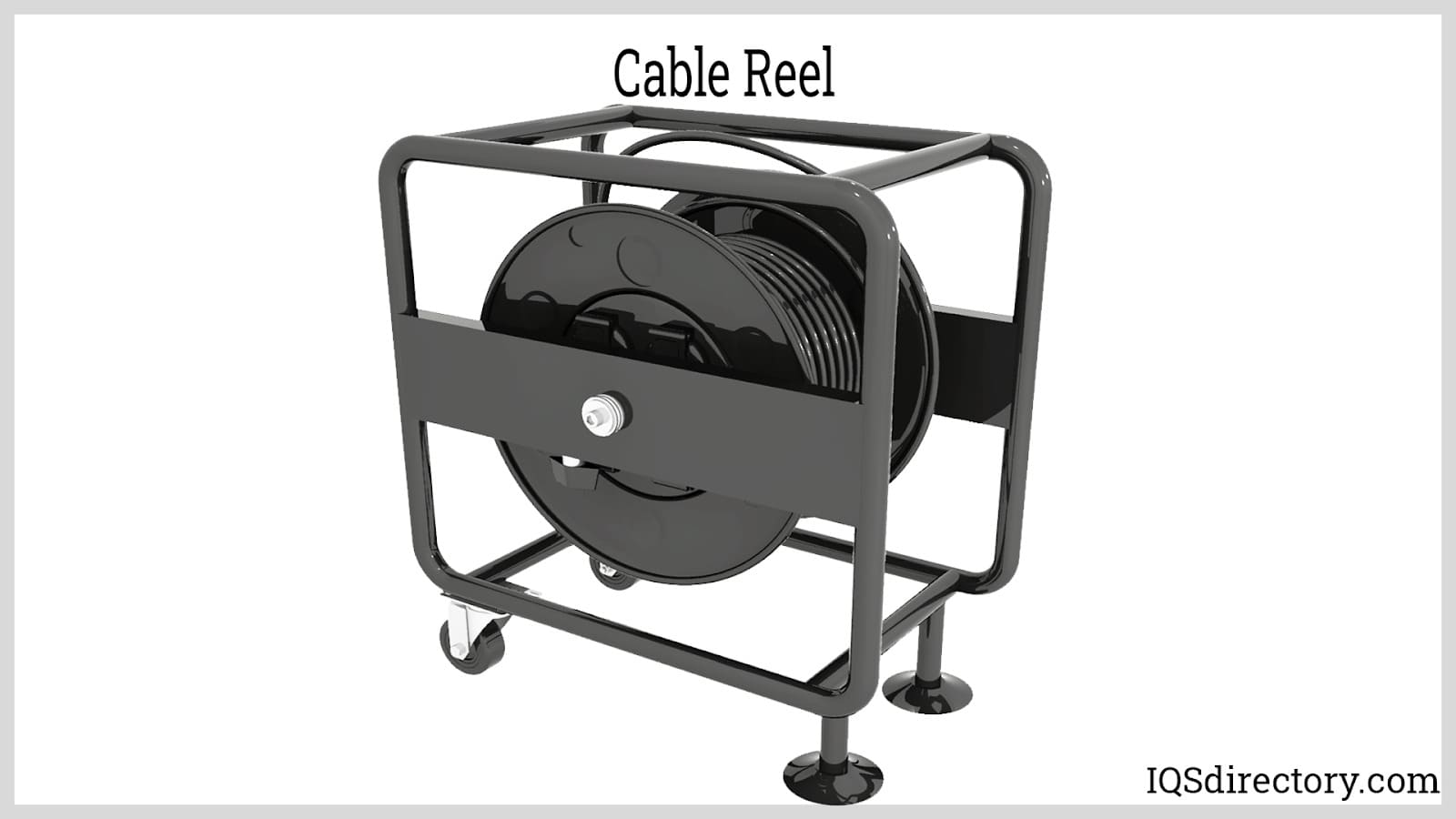
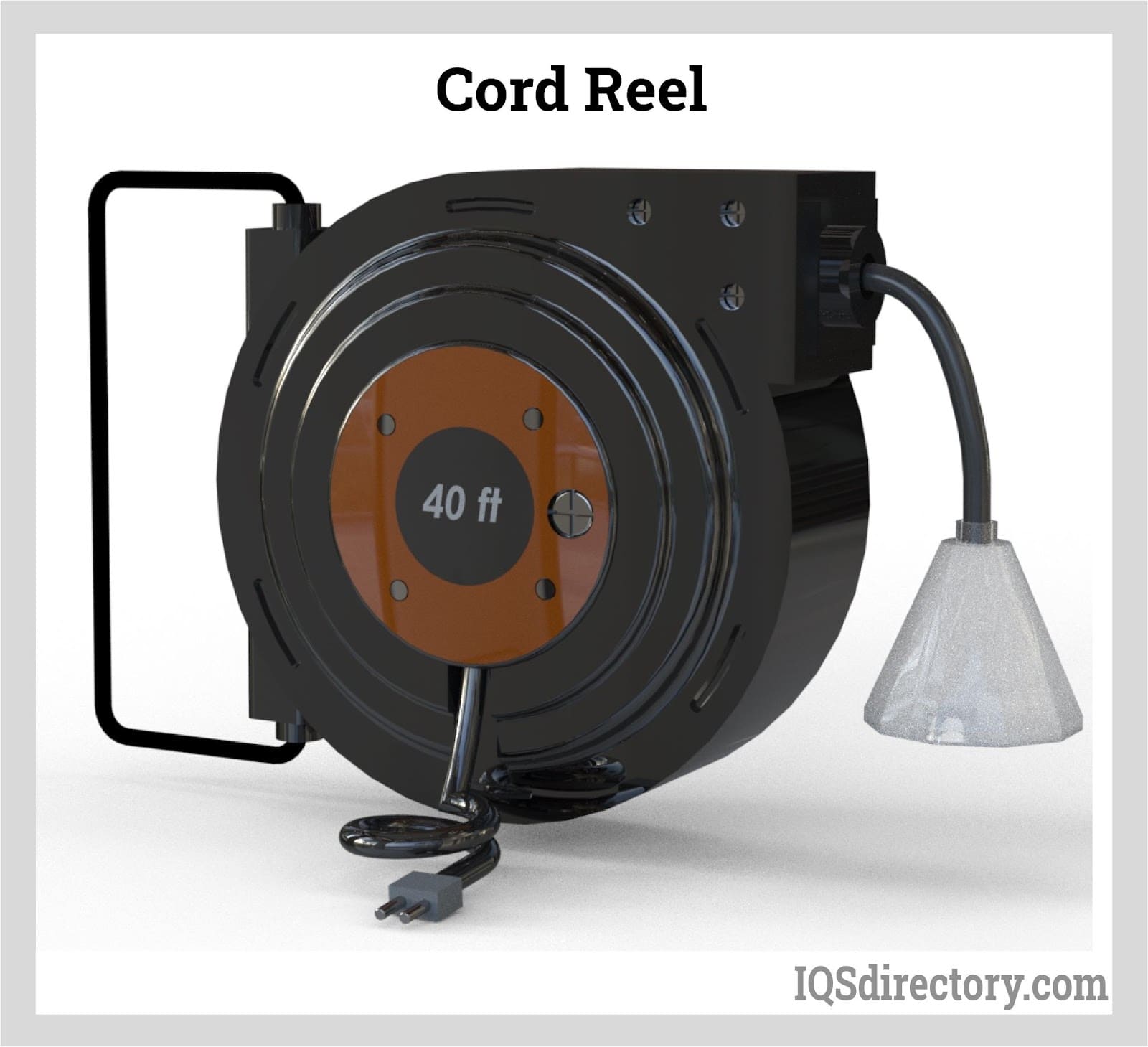
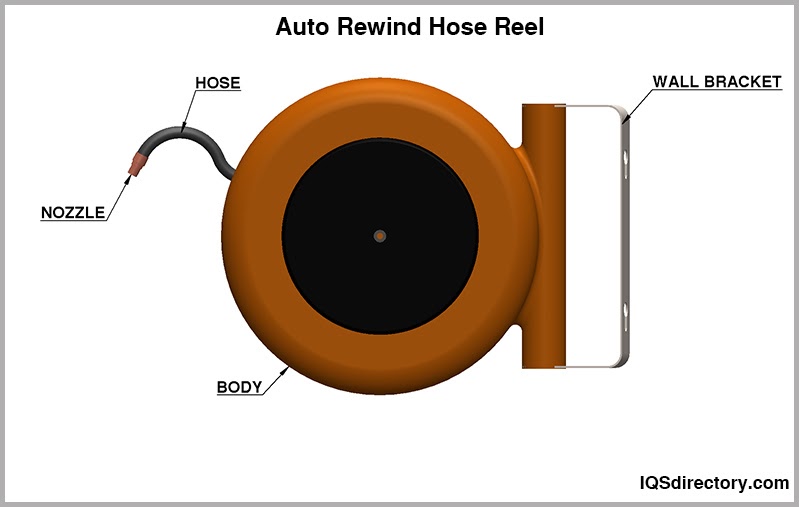

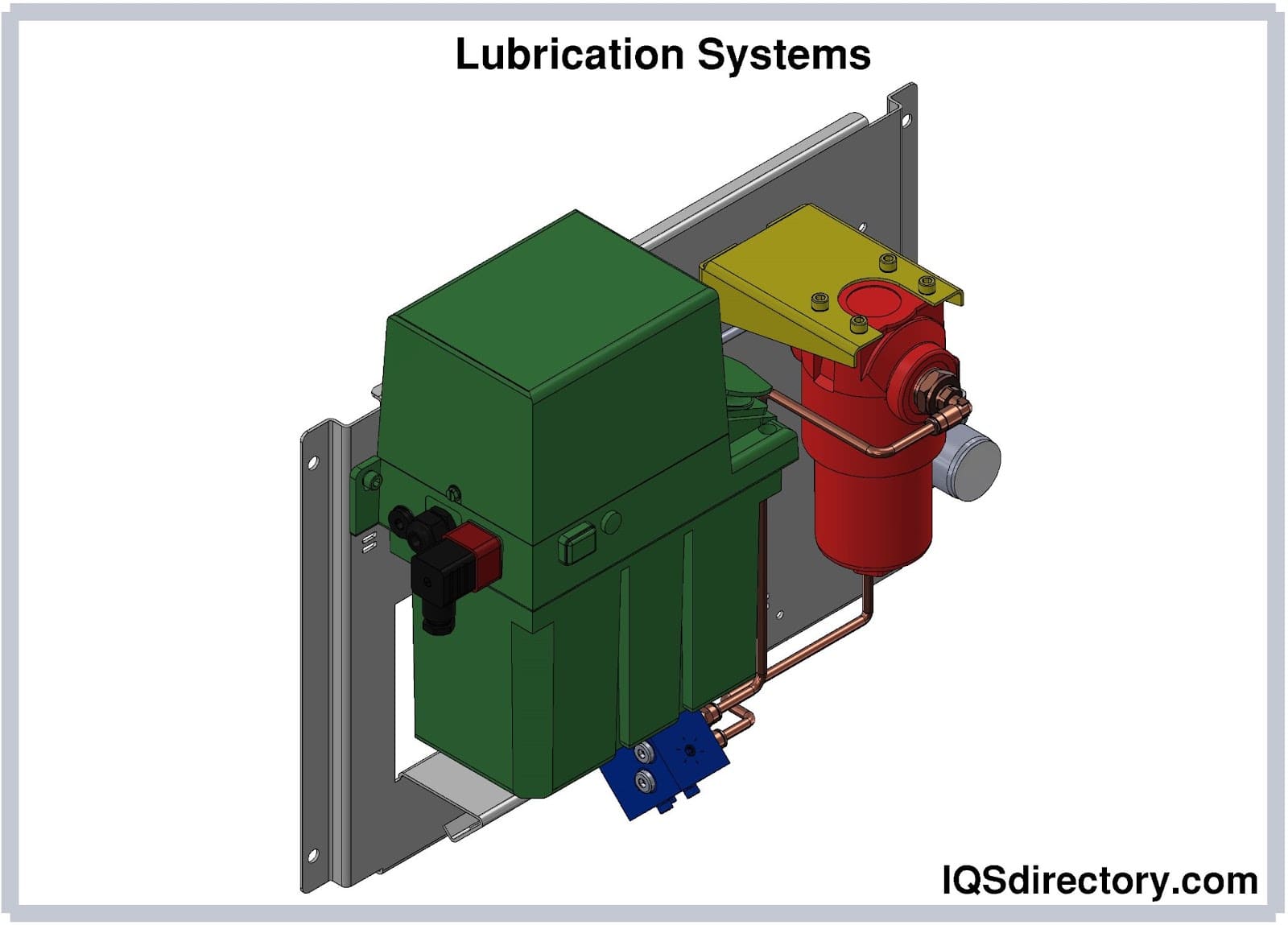
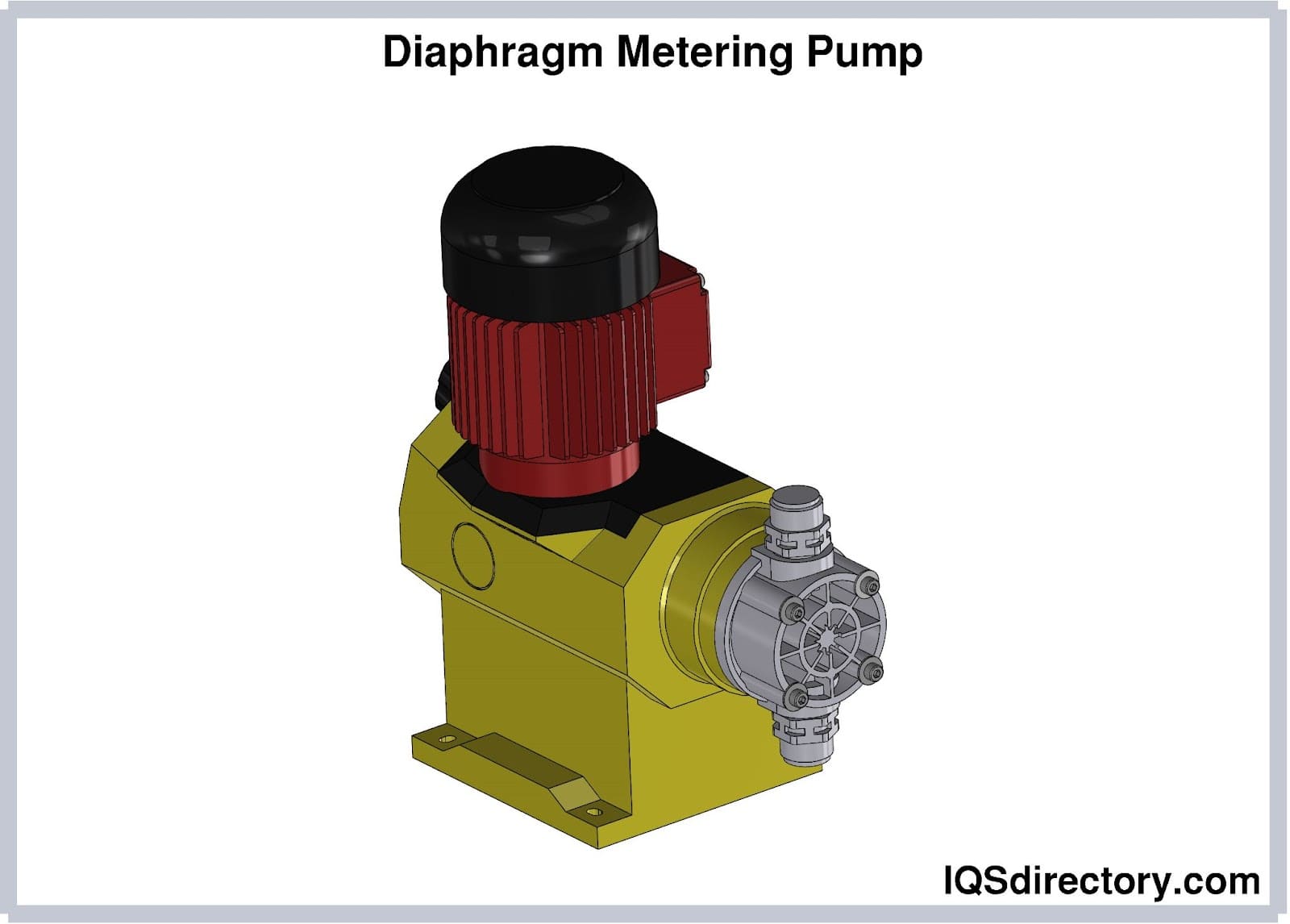
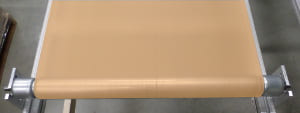 Conveyor Belting
Conveyor Belting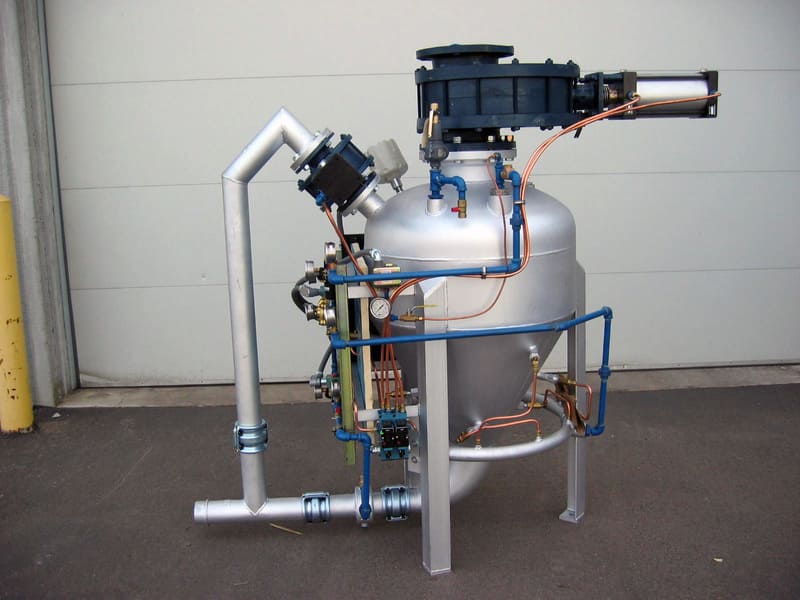 Conveyor Systems
Conveyor Systems Conveyors
Conveyors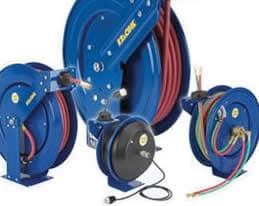 Hosereels
Hosereels Industrial Lubricants
Industrial Lubricants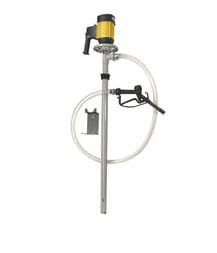 Lubricators
Lubricators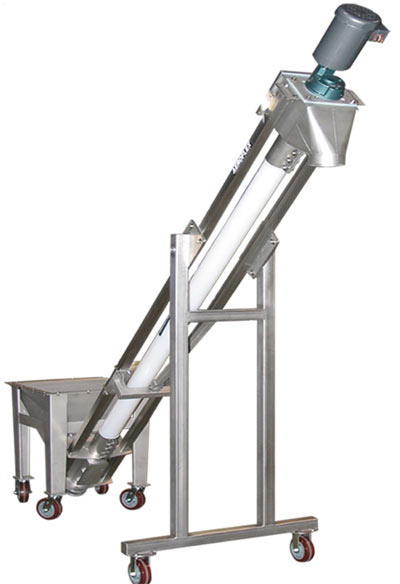 Screw Conveyors
Screw Conveyors Pneumatic Conveyors
Pneumatic Conveyors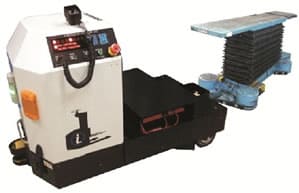 AGV
AGV Air Pollution Control
Air Pollution Control Assembly Machinery
Assembly Machinery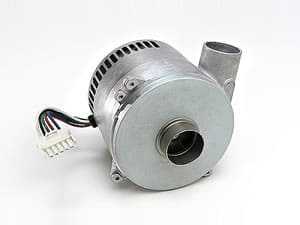 Blowers
Blowers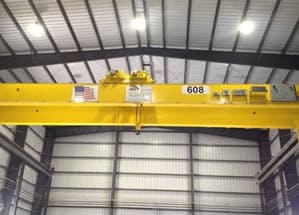 Cranes
Cranes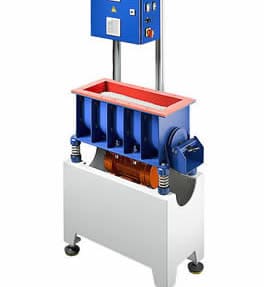 Deburring Machinery
Deburring Machinery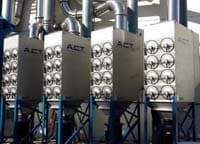 Dust Collectors
Dust Collectors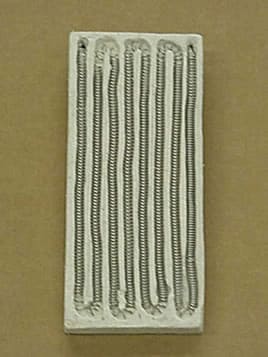 Heaters
Heaters Hose Reels
Hose Reels Mezzanines
Mezzanines Modular Buildings
Modular Buildings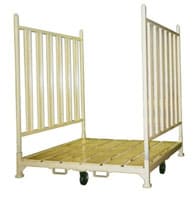 Storage Racks
Storage Racks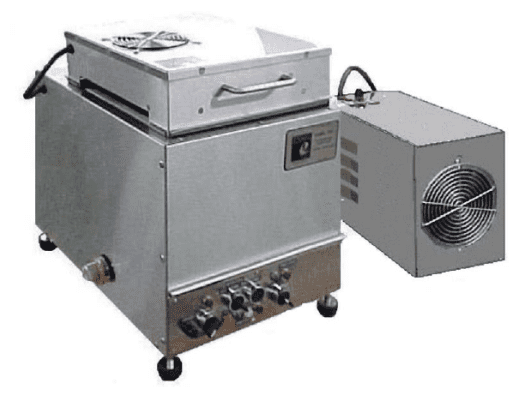 Ultrasonic Cleaners
Ultrasonic Cleaners Work Benches
Work Benches